Multifocal Contact Lenses: A Closer Look
Contact lenses have been a game-changer for millions of people worldwide who rely on them for improved vision without the hassle of glasses. While traditional contact lenses correct refractive errors like nearsightedness or farsightedness, they often fall short when it comes to age-related vision changes. This is where multifocal contact lenses come into play.
Multifocal contact lenses are a type of advanced lens that aims to provide clear vision at various distances for individuals with presbyopia. Presbyopia is an age-related condition that affects the ability to focus on close objects. It typically manifests around the age of 40 and progresses with time. With the advent of multifocal contact lenses, individuals with presbyopia can now enjoy the convenience and visual clarity of contact lenses at all distances.
These lenses work by incorporating multiple prescription powers into a single lens. They feature a unique design that contains different zones for near, intermediate, and distance vision. Depending on the individual’s visual needs, the lens may have concentric rings, alternating zones, or other types of designs. These innovative lenses allow the wearer’s eye to automatically adjust and shift focus between different distances, providing clearer vision at all ranges.
One of the most significant advantages of multifocal contact lenses is their ability to eliminate the need for reading glasses or bifocals. This feature is particularly appealing for those who may feel inconvenienced by carrying around multiple pairs of glasses. Additionally, multifocal contact lenses offer a more seamless transition between various distances compared to traditional bifocals or trifocals, which have visible lines separating the different zones. This means that wearers can enjoy a smooth visual experience without any noticeable change in their field of view.
However, it’s important to note that multifocal contact lenses may not be suitable for everyone. The success of these lenses relies on various factors, such as the individual’s eye physiology and visual demands. Individuals with severe astigmatism or certain eye conditions may not be good candidates for multifocal lenses. Additionally, it may take some time for wearers to adapt to these lenses as their eyes need to adjust to alternating between different zones.
Choosing the right type of multifocal contact lens is crucial for achieving the desired visual outcome. Optometrists or ophthalmologists play a vital role in determining the most suitable lens design for each patient’s specific needs. They consider factors such as lifestyle, visual requirements, and eye health to prescribe the most appropriate lens.
In recent years, multifocal contact lens technology has made significant advancements, resulting in increased comfort, clarity, and customization options. Manufacturers continue to refine their designs and materials to enhance the wearer’s experience. Nowadays, multifocal contact lenses are available in a wide range of options, from daily disposable lenses to silicone hydrogel lenses offering extended wear.
In conclusion, multifocal contact lenses have revolutionized vision correction for individuals with presbyopia. These advanced lenses provide a seamless solution to age-related vision changes and eliminate the need for reading glasses or bifocals. While these lenses may not be suitable for everyone, they offer a convenient and comfortable alternative for many. As technology continues to advance, multifocal contact lenses are likely to become even more sophisticated, providing wearers with improved vision and overall quality of life.
